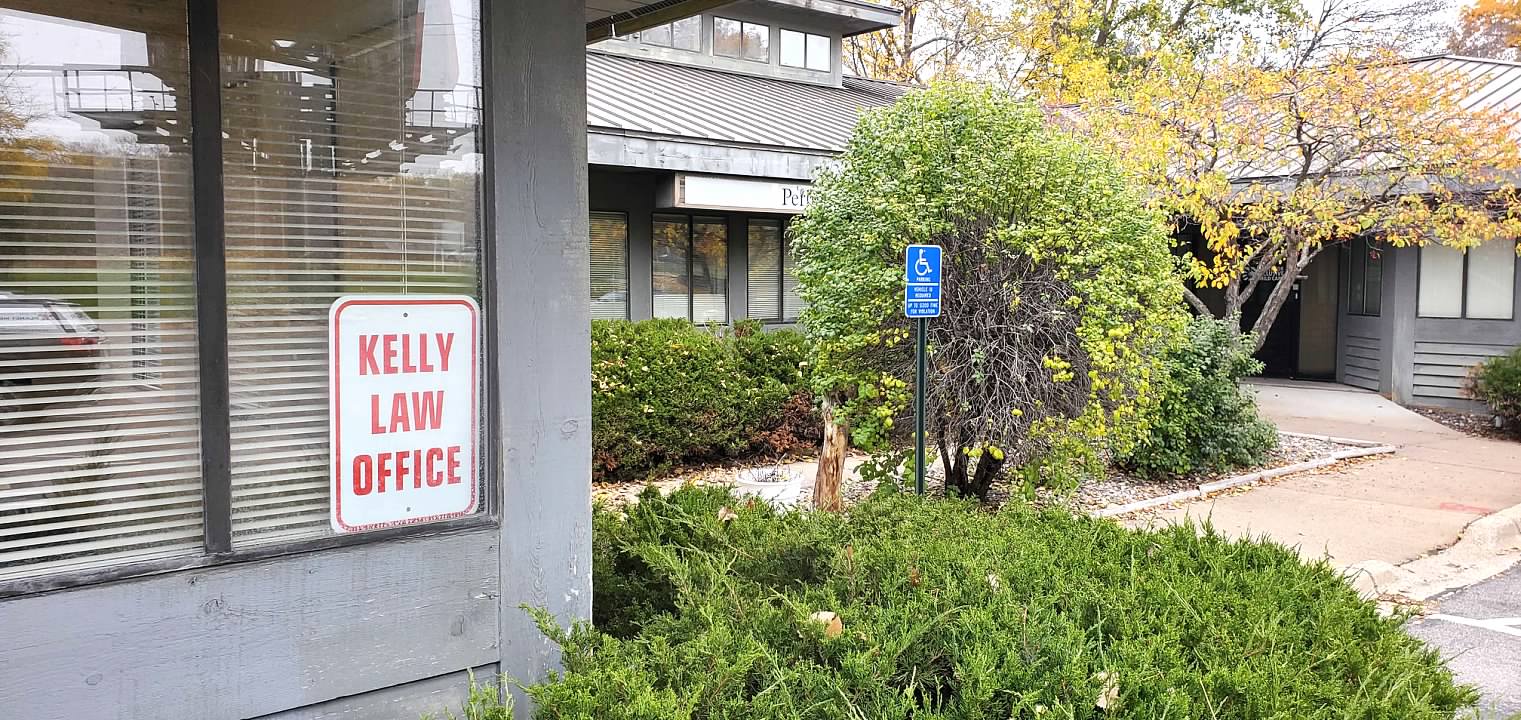When the same thing keeps happening over and over again, I feel I should say something. Yesterday I met with a well-dressed, obviously educated and intelligent man. We talked about filing bankruptcy. He brought in and deposited on my desk a stack of documents that I usually request for such meetings. As I looked them over I said something that referred to him as having two mortgages. He seemed surprised and stated that he had only one mortgage.
At this point I had to take a breath and explain that a home equity line of credit is a mortgage, usually a second mortgage – but a mortgage. When you use a line of credit like that, it is like withdrawing money from a bank account – only it’s not money in a bank account, it’s the equity in your home. It always disturbs me to see people doing this because:
- Most don’t seem to realize that a home equity line of credit creates a lien on their home and therefore eats away at their home equity.
- Under Minnesota law the equity in our homes is one of the few things that most creditors cannot take away, except of course for a creditor holding a mortgage.
- Unlike a credit card debt or a medical bill, amounts owing on home equity lines must be paid, even in the event of a bankruptcy filing, unless the debtor is willing to let the home be foreclosed upon.
It seems to me that the loan officers do their best to make sure that consumers don’t understand the true nature of these credit lines. Not only don’t they explain it, but they can be downright deceptive about it. They talk as if it is free money, and encourage that kind of unhealthy thinking. Then they give the consumer an incomprehensible stack of papers that nobody understands, and say “sign here.”
I strongly suggest that if you need to go into debt for any reason, be sure you are doing it in a way that does not diminish the equity in your home. Beware of paperwork that puts a mortgage on your home in exchange for a favorable interest rate. That deal is not as good as it looks.





